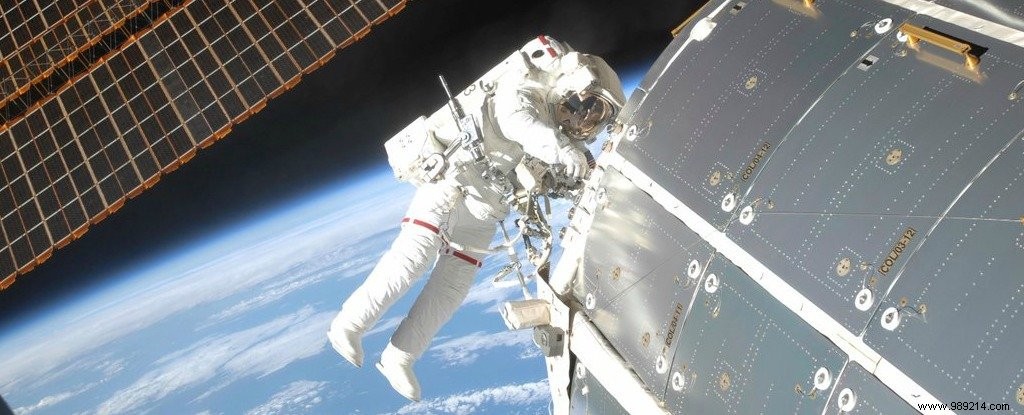As part of its next recruitment campaign, the European Space Agency (ESA) has shown its openness to people with disabilities. The agency has announced its intention to conduct a study that could potentially identify feasible adaptations to allow these people to travel in space.
Not long ago, we were talking about the next European Space Agency (ESA) astronaut recruitment campaign. This will begin on March 31 and will allow a few lucky ones to join the training program of the agency. While there was talk of recruiting two to four new astronauts, this quota was increased. Under pressure from certain member states, ESA should therefore recruit between four and six new heads.
As Euronews explained in an article of February 16, 2021, ESA is now more open to women, but also to people with disabilities . David Parker, Director of Human and Robotic Exploration at the agency, said he wants to represent all parts of our society. Thus, the agency should recruit future "parastronauts".
At first, the organization will hire one or two candidates to join the new corps of reserve astronauts. These new recruits will take part in a feasibility study on spaceflight access for people with disabilities.

According to the manager of the European Astronaut Center Guillaume Weerts, ESA could select candidates who have suffered a disability in both lower limbs . It could be amputations or birth defects. In addition, the handicap should ideally be below the knee, in particular for reasons of adaptation of the equipment. People with one leg shorter than the other or even short individuals (less than 1.30 m) could also be among the lucky ones.
The study in question will aim to demonstrate several things. This will be to ensure that these people can reach the International Space Station safely , but also perform the same functions as other astronauts. Insofar as each disability involves a certain number of problems , the study will also focus on any necessary adaptations. These will relate in particular to equipment and procedures.
This work will include tests on different devices, namely SpaceX's Crew Dragon and Boeing's Starliner. One of the objectives will be to assess the needs in terms of interior fittings . One of the most important concerns is that the paraastronauts will have to be able to extract themselves fully autonomously of the capsule in case of emergency and without endangering other astronauts.